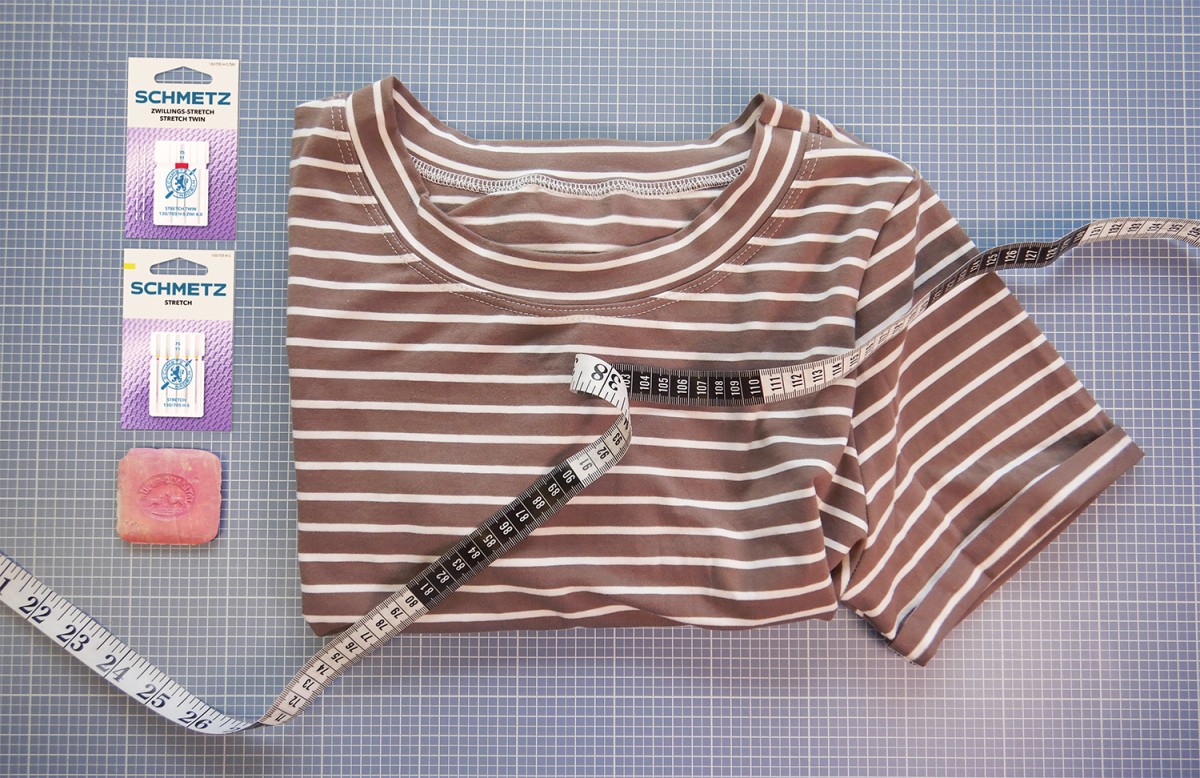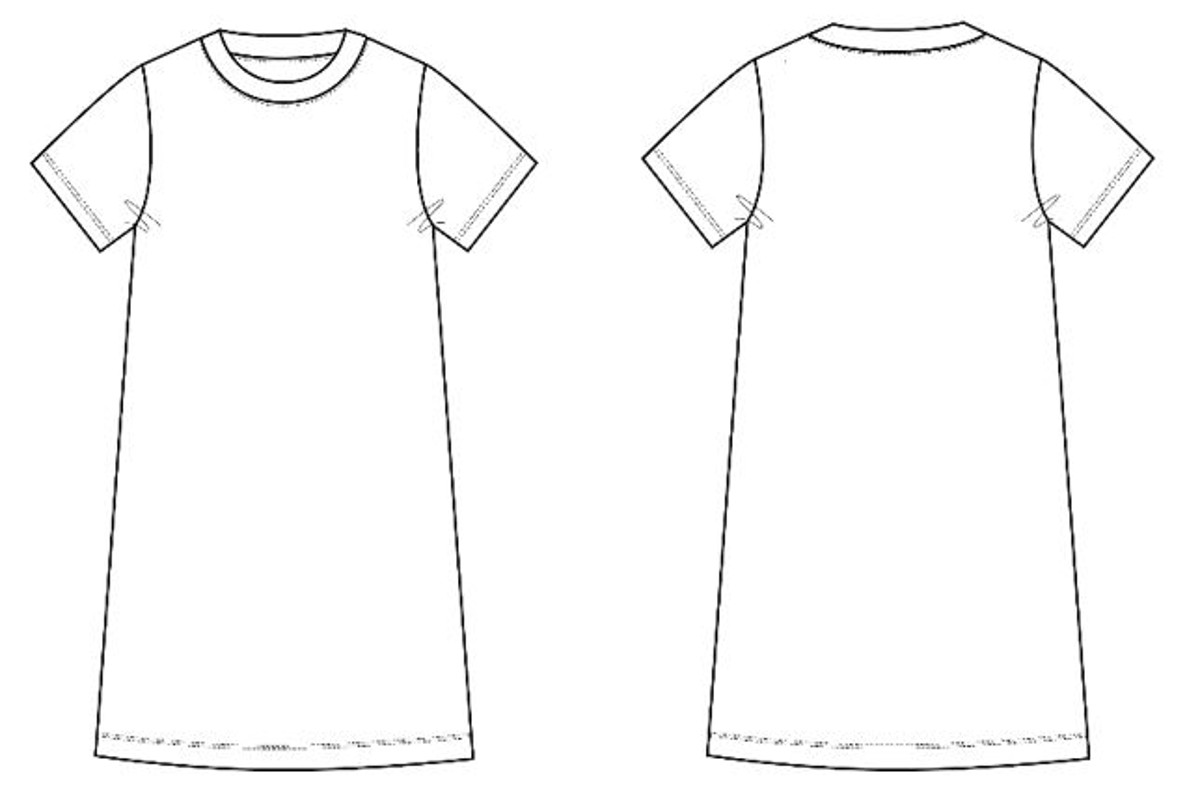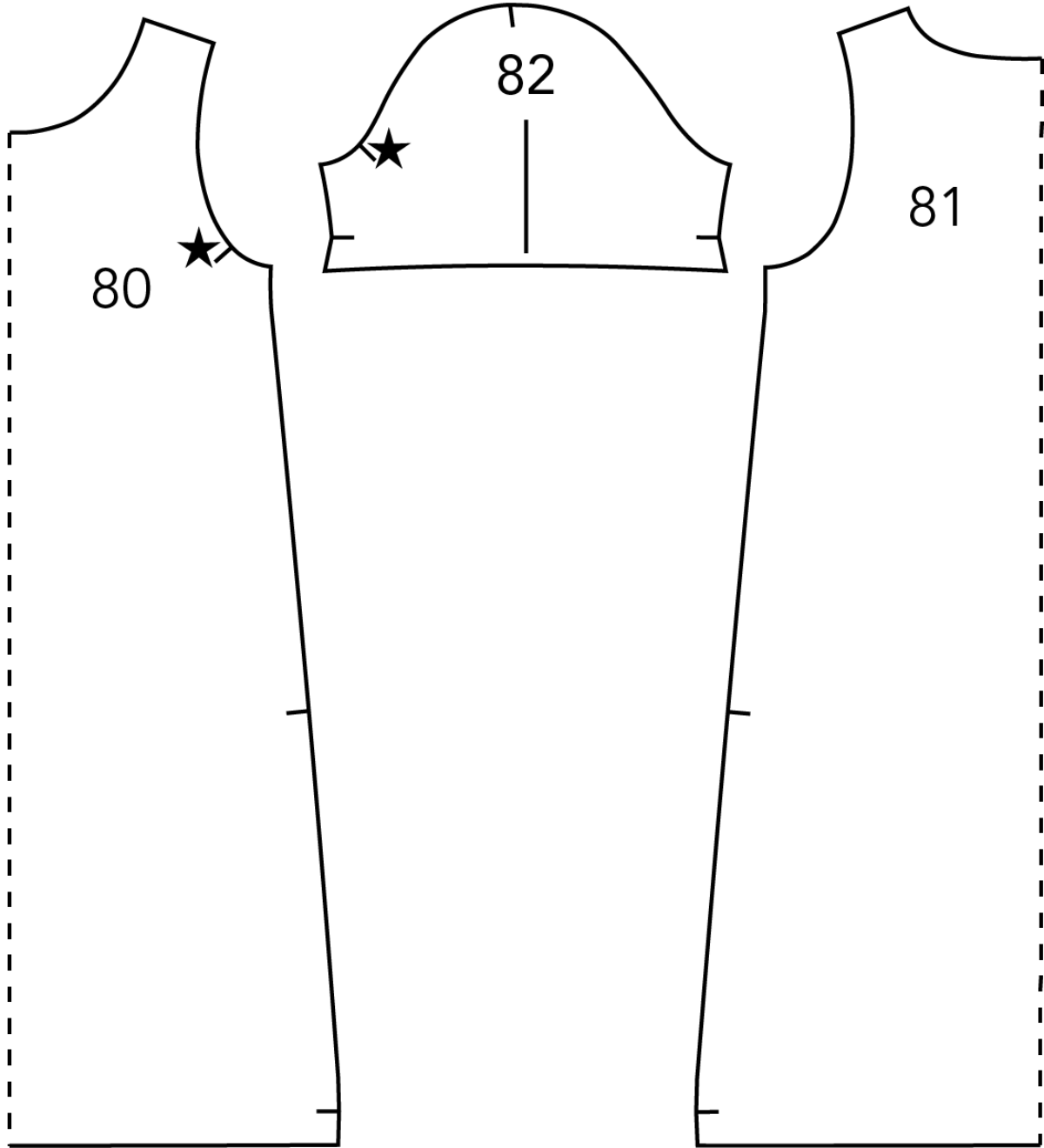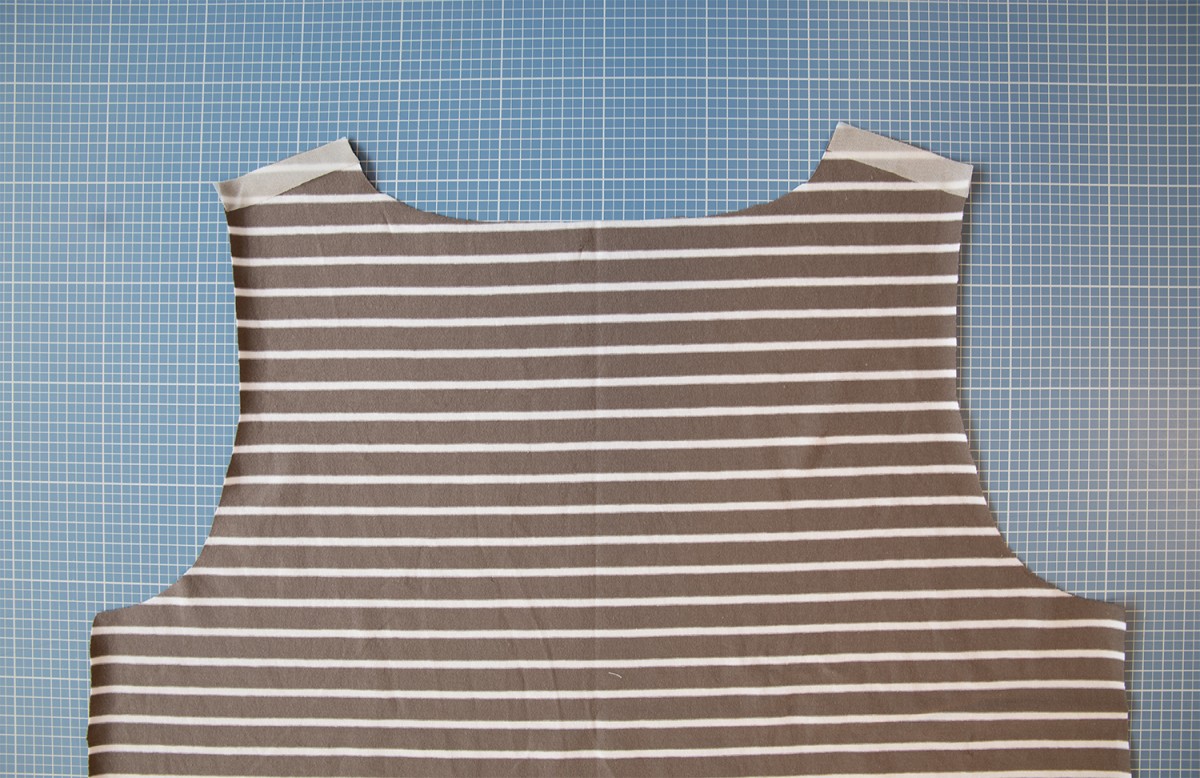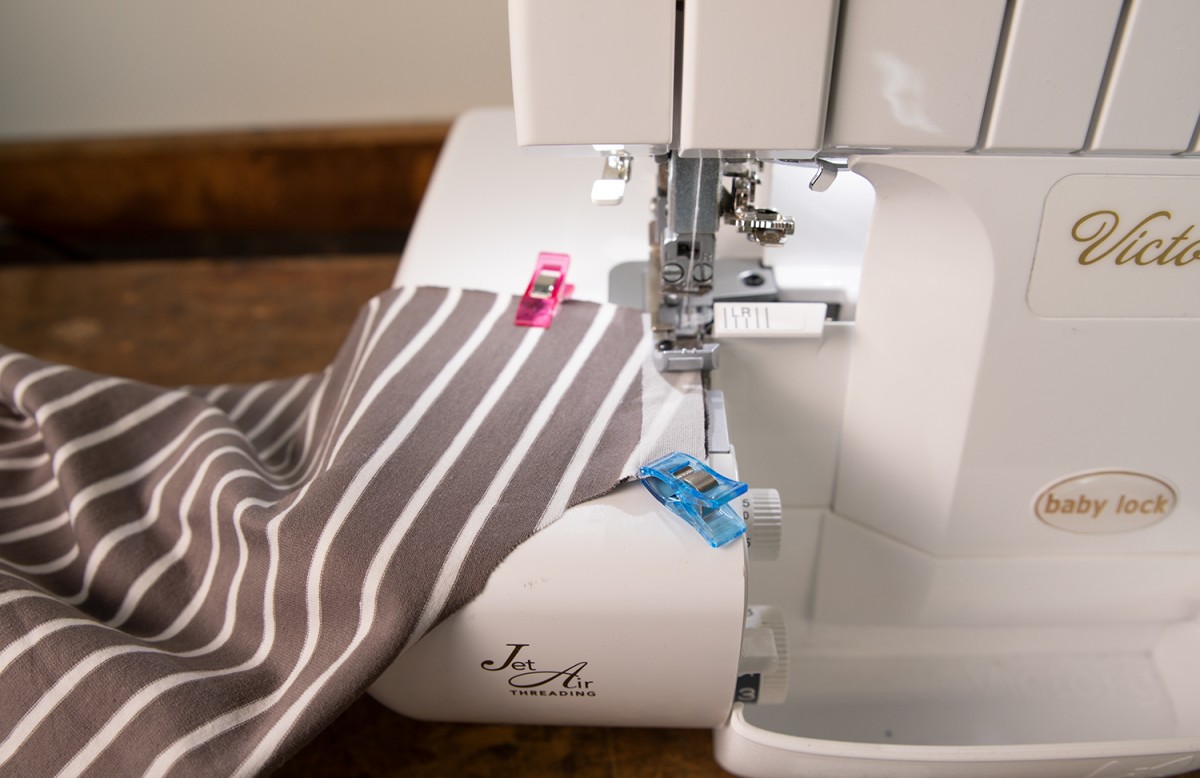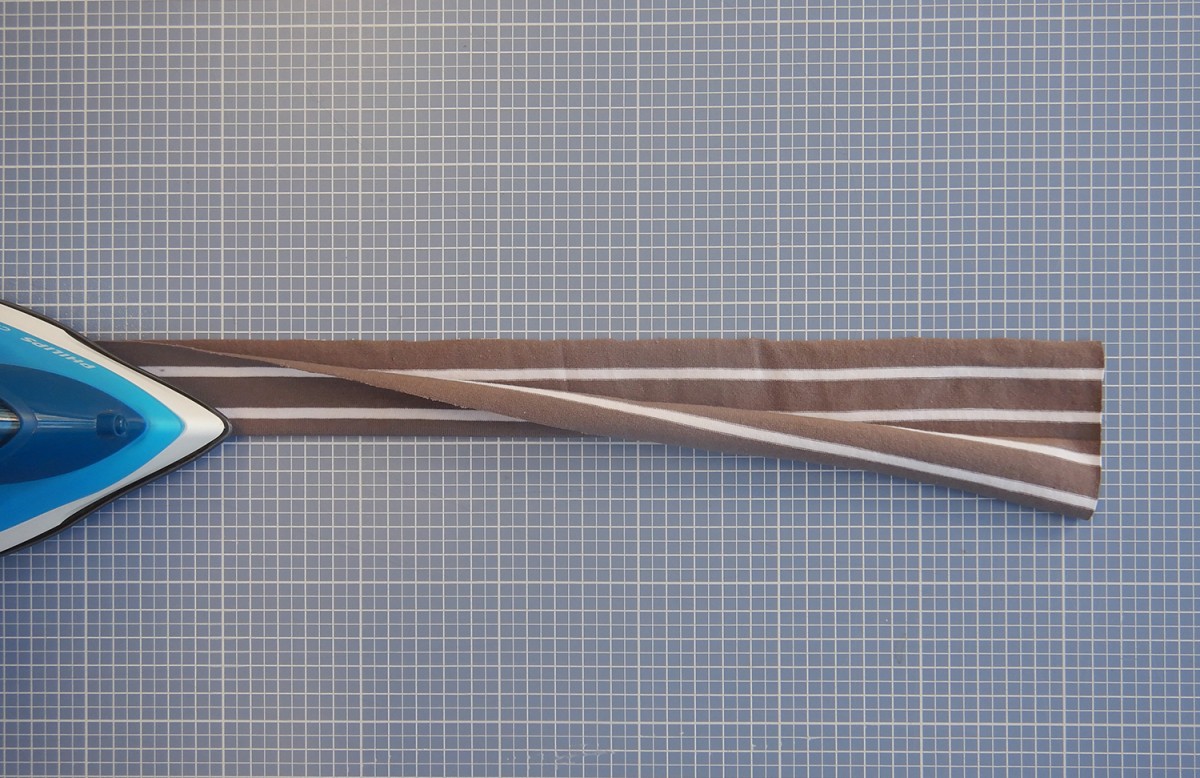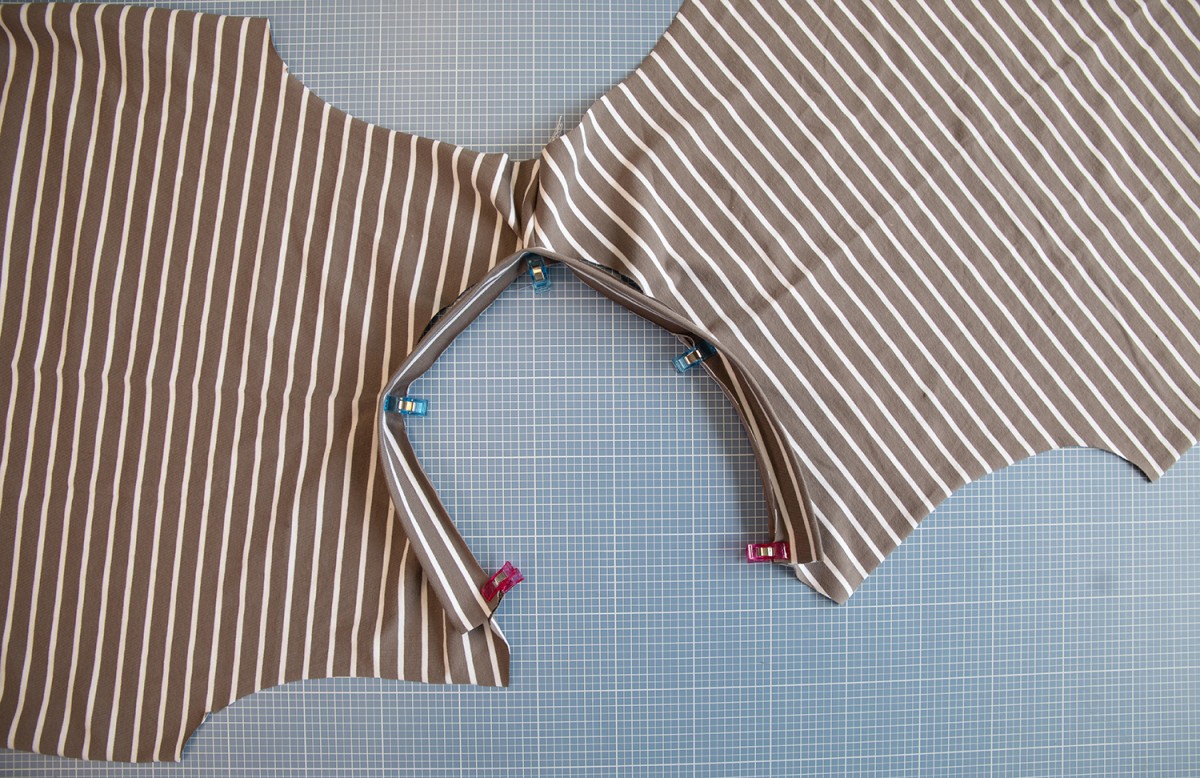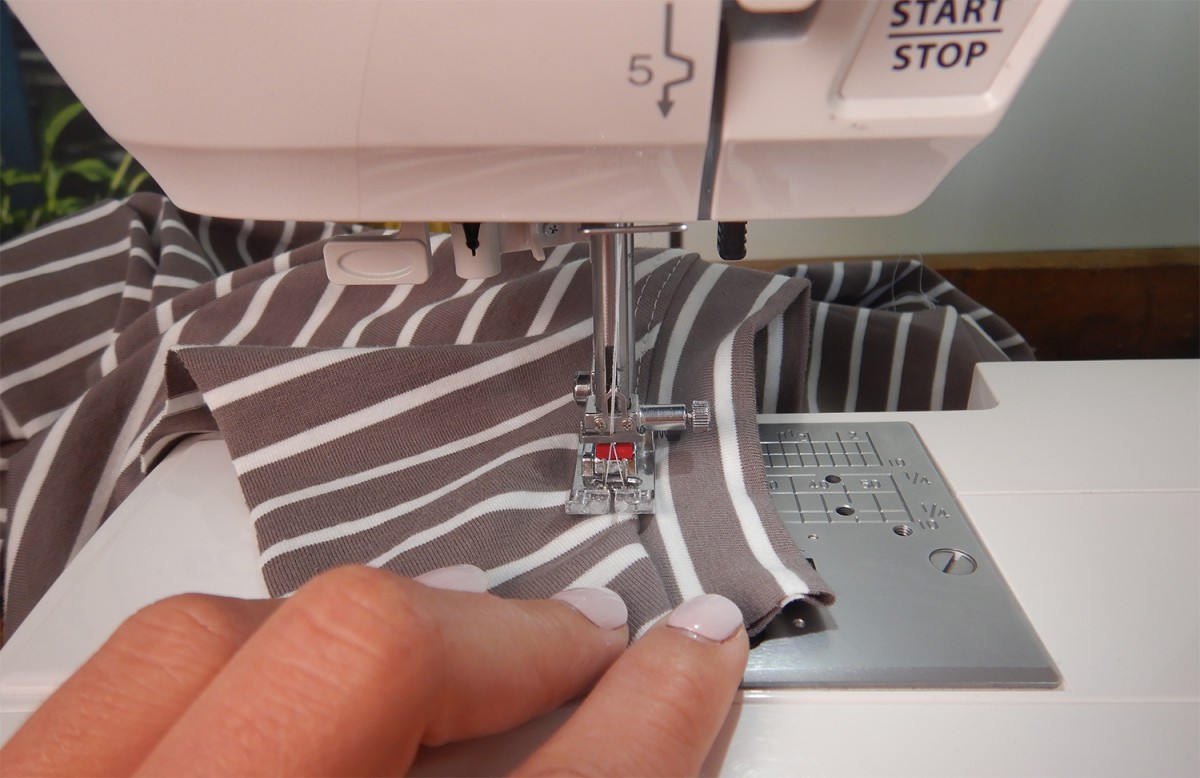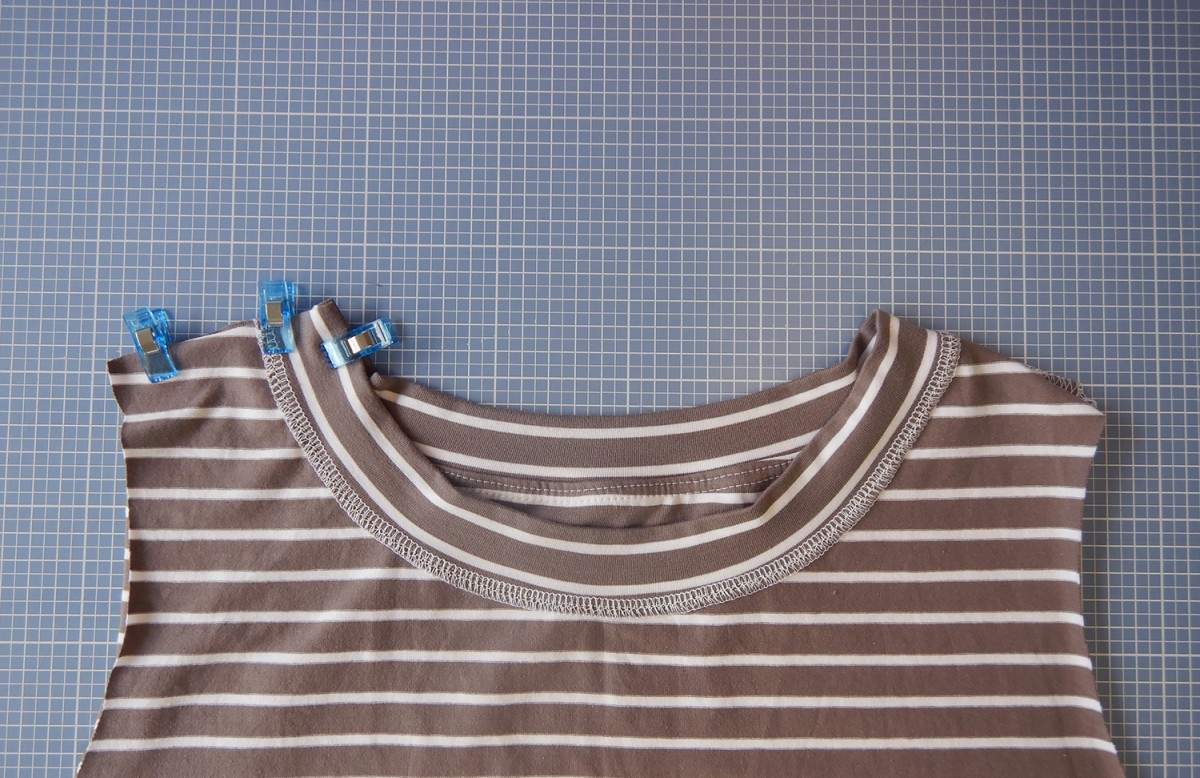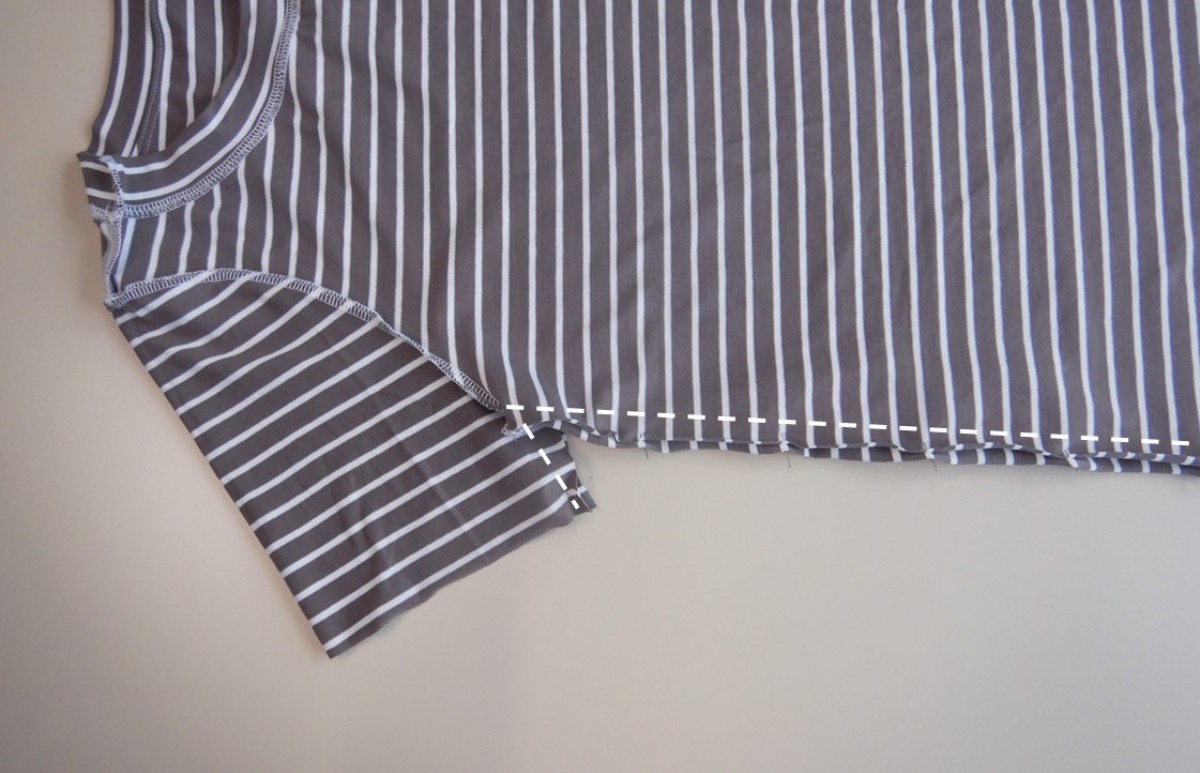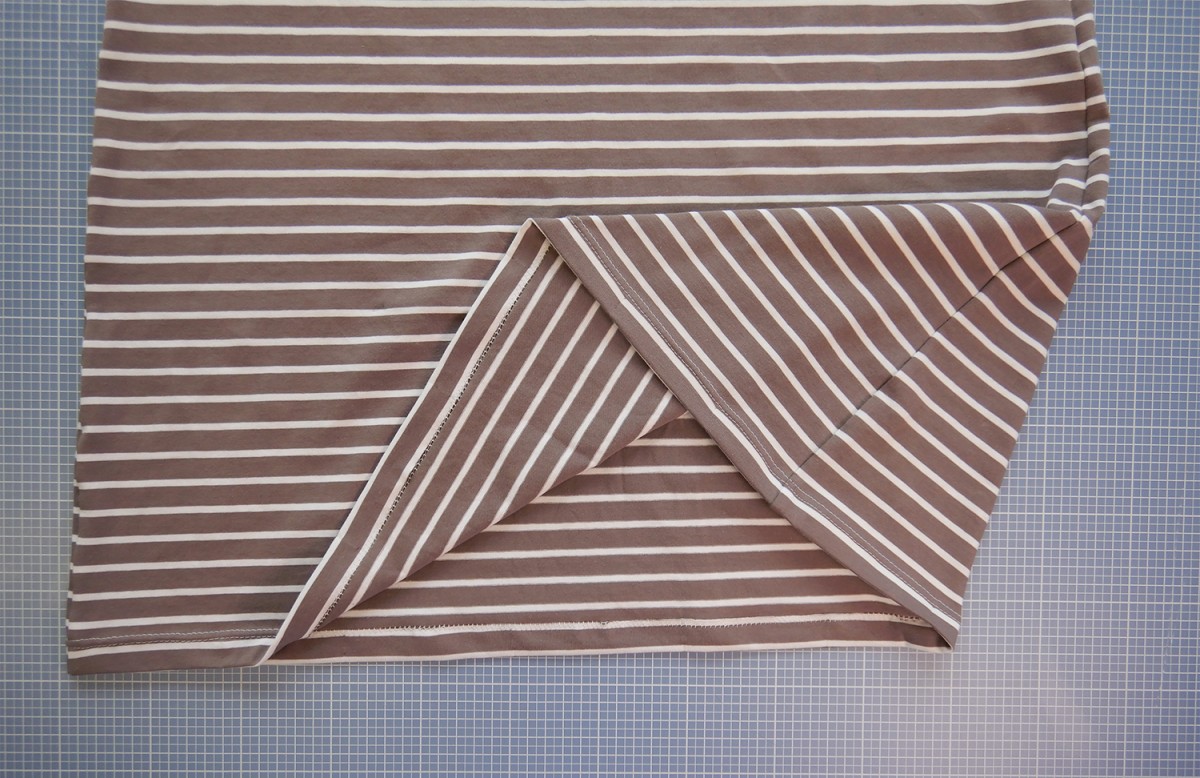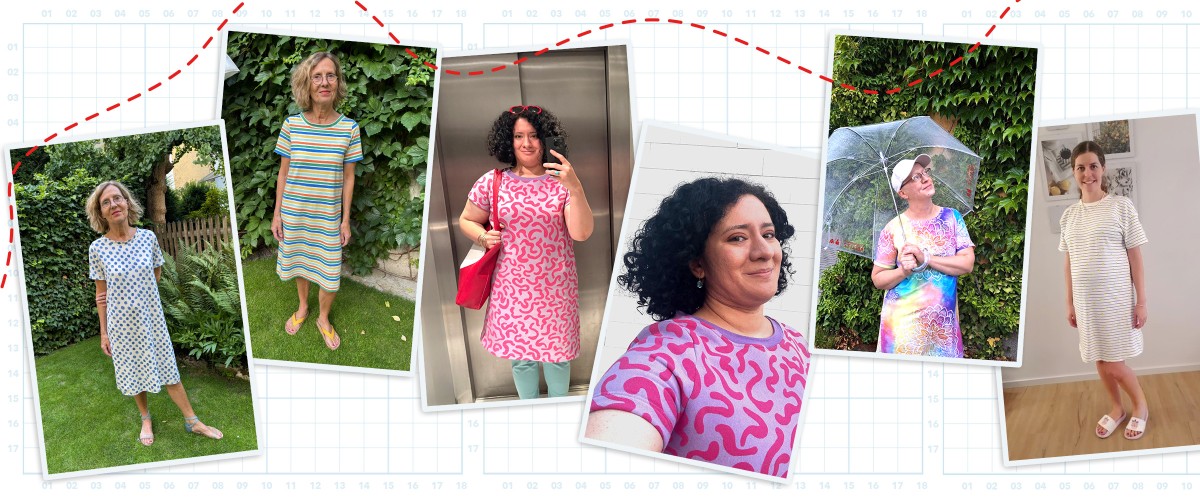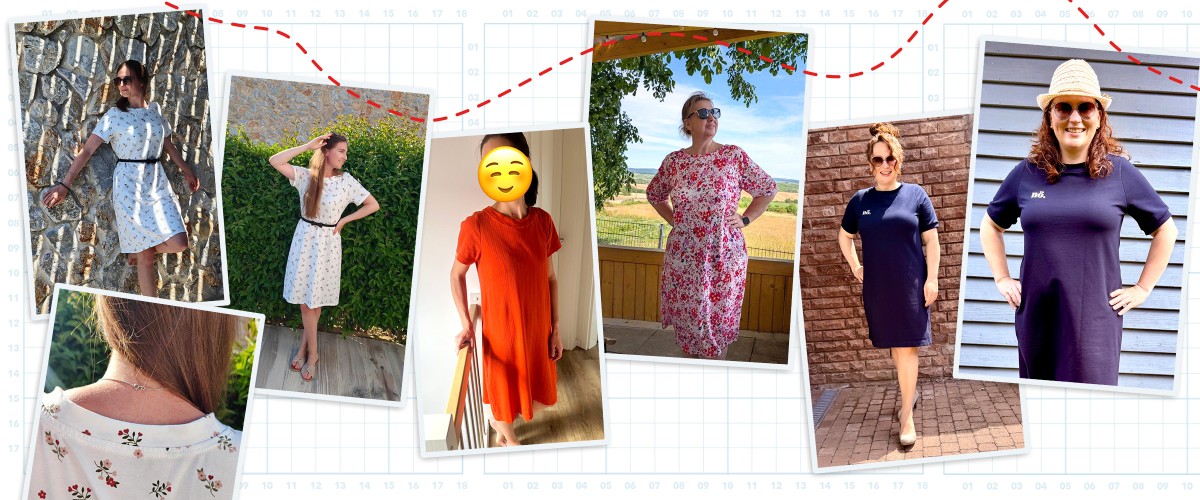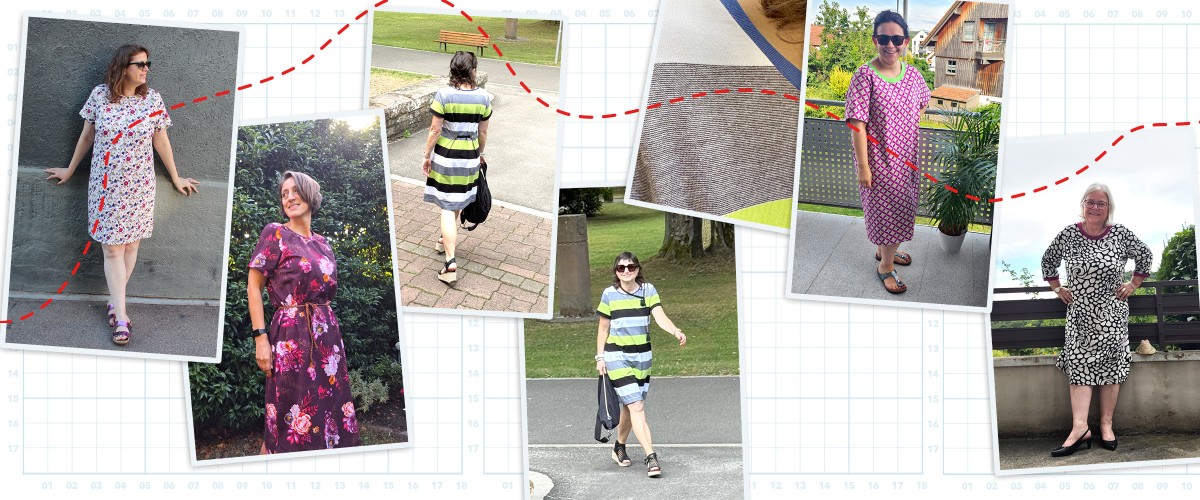
Back to basics: Super easy shirt dress
Wanted to grab a cool summer dress from your closet but did not find what you were looking for? Then look no more. We've got a super easy pattern for you. And what's best: Our shirt dress is not only versatile but also quickly sewn. We recommend to use an elastic fabric, so comfort is guaranteed, no matter whether you combine the dress with high sandals or wear it casually with boots and denim jacket.
#basicrule #nevernotsewing #backtobasic #sewingpattern
Get creative!
Only when you play with different fabrics, a basic pattern turns into a favorite piece. Add some extras and you'll have an eye catcher. Take, for example, a plain jersey fabric, combine it with a heart patch above the chest, add college cuffs and you get a completely individual summer dress that's a long way from looking basic. Or you can iron or sew on cool statement motifs to the front or back, combined with a fringed hem that you produce by cutting into the fabric – et voilà your festival dress is born.
No matter if you create a striking eye-catcher or if less is more for you – trend is what you like and wear with pride.
We look forward to seeing the Community's masterpieces and reposting your projects on our social media channels. Just tag @schmetz_official on Instagram and show the Community what you have created!
What you'll need
- Download sewing pattern
- SCHMETZ needles suitable for the fabric you choose. We chose the Stretch Needle in size 75 and the 4 mm width Stretch Twin Needle . (The SCHMETZ Needle ABC can help you to find the right needle.)
- Jersey, 155 cm width (95 % organic cotton, 5 % elastane):
Size 36: 1.35 m; size 38 to 46: 1.40 m - Cuff jersey fabric, 80 cm width, 15 cm for all sizes
- Seam tape flexible (e.g. Vlieseline)
- Sewing thread
Stretch Twin Needle >
Please note:
When printing the pattern, select setting "Actual size" or "100 %" to avoid measurement deviations. We recommend printing the control square (10 × 10 cm) first and checking the measurements. If the square has the correct dimensions, the entire pattern can be printed.
What size fits me?
Important: Our sizes cannot be compared with ready-to-wear sizes. It is very important that you take your measurements before you start.
- Tie a tight thread around your waist and pin the ends together.
- Take notes of your body measurements and use the measurement table to determine your sewing pattern size.
- Compare your body measurements with the table measurements. Your measurements may vary between different sizes. Choose the size closest to your measurements.
- Choose tops (for example dress, blouse, or jacket) according to the size of your bust; pants and skirts according to the size of your hips/waist.
- Always compare the body measurements with the table measurements, never with the paper pattern pieces. All pattern pieces already include a comfortable allowance.
How to take measurements:
- Full body length: From head to toe.
- Bust: Over the fullest part of the chest. The measuring tape should be placed horizontally around the body.
- Waist: Measure at the waist. The tape should be at the level of your navel. Add 2 cm if you prefer a looser fit.
- Hips: Place the measuring tape around the widest part of your buttocks. The measuring tape should be placed horizontally around the body.
- Back length: Measure from the bottom of the neck (protrudes slightly) to your waist.
- Upper arm circumference: Place the measuring tape around the widest part of the upper arm.
Women's size chart, full body length 172 cm
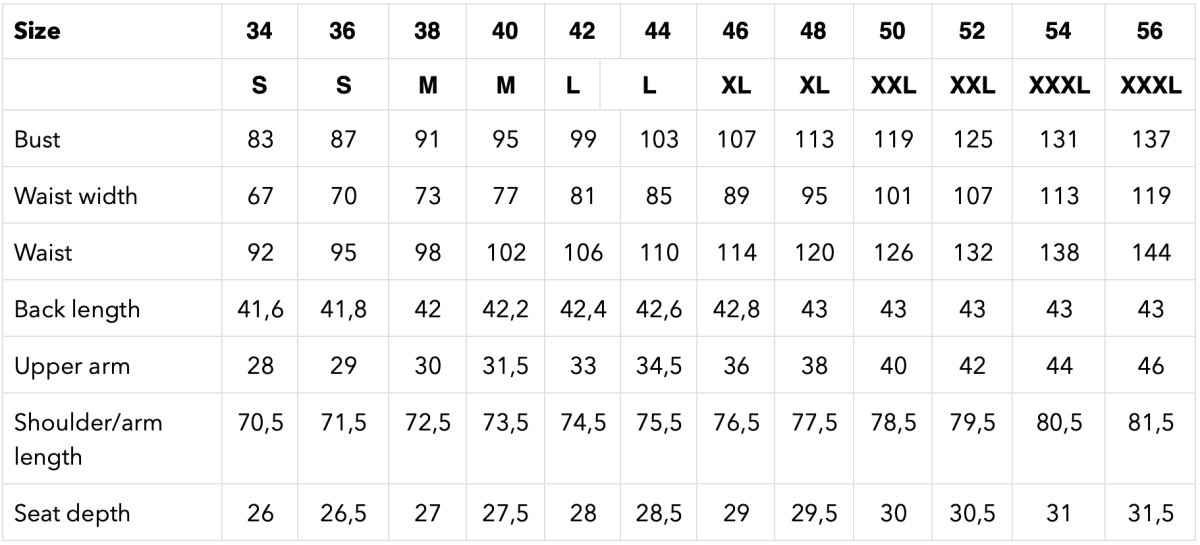
Cutting:
Sizes:
36 (38) 40 (42) 44 (46)
Dress length:
98.5 (99) 99.5 (100) 100 (100.5) cm
Sleeve length:
39 (40) 40.5 (41) 42 (42.5) cm
Jersey for collar:
1 strip, 54 (55) 55.5 (56.5) 57 (58) cm length, 7 cm width (incl. 1 cm seam allowance)
Pattern pieces:
Time to get sewing! Sewing instructions
The sewing pattern includes 3 cm seam allowance for hem and sleeve hem. All the rest includes 1 cm seam allowance.
General notes:
If you sew this dress on a household sewing machine, use an elastic stitch for all seams, e.g. a stretch stitch (also known as a lightning bolt stitch due to its appearance) or a narrow zigzag stitch. The seam allowances are then finished using a wide zigzag stitch.
If you sew the dress on a serger, you can sew and finish the seams in one step, which is what we did with our dress. The hem can then be sewn either on a household sewing machine using a Stretch Twin Needle or on a coverstitch machine.
A heartfelt thank-you to all our sample sewers! <3

